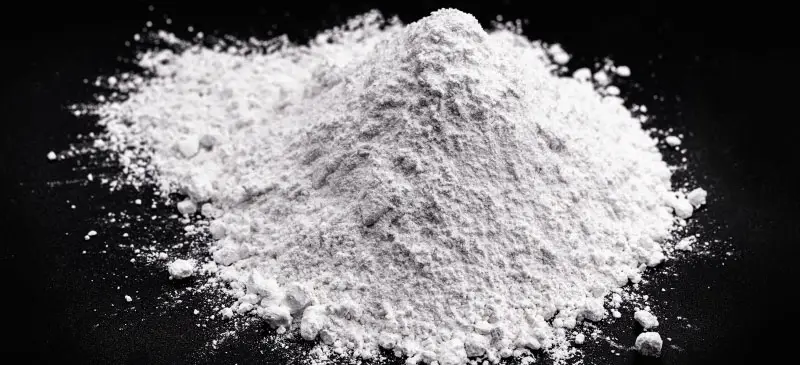Nowadays, the domestic animal husbandry industry is very developed, especially after the improvement of people's daily life, the demand for meaty eggs has gradually increased, which has greatly increased the demand for feed in the process of raising livestock. Many conscious breeding experts have found that if a magnesium oxide raw material is added to the feed, the livestock will grow more robustly.
One of the uses of magnesium oxide: dairy cows
Magnesium oxide can not only compensate for the lack of magnesium in the diet and avoid the onset of magnesium deficiency, it is also an excellent rumen buffer, regulating rumen fermentation, and adding mammary glands for the absorption of milk composition precursors, further improving milk production and production. milk fat percentage. The addition of magnesium oxide to the diet of dairy cows can prevent heat stress. Magnesium ions can synergize with potassium ions and sodium ions to maintain the balance of osmotic pressure inside and outside cells, reduce the response of cows to heat stress, and ensure that milk production is not reduce.
Secondly, in the case of heat stress, the addition of magnesium oxide in the diet should be further increased to compensate for the loss of magnesium in the body and ensure and maintain normal milk production values.
In addition, dairy and beef cattle have excellent balance mechanisms to deal with excess magnesium ions, so the appropriate amount of added magnesium oxide will not cause adverse effects on cattle.
The second use of magnesium oxide: poultry
Reborn chicks can only survive for a few days if fed a diet that is completely deficient in magnesium; if fed a diet low in magnesium, the chicks grow slowly, are prone to snooze, have shortness of breath, pant, and may experience shortness of breath after being frightened. A spasm of time, culminating in temporary passing out or death.
Secondly, with regard to laying hens, if magnesium is deficient, egg production will be greatly reduced. Commonly used poultry feed magnesium concentration is between 0.15%-0.22%.
The third use of magnesium oxide: pigs
Due to the continuous improvement of pig species, and the continuous improvement of productivity, the nutrient requirements of magnesium have also improved accordingly. Lack of magnesium ions in the diet can lead to a substantial increase in piglet mortality. Deficiency of magnesium can lead to stride disease in pigs, which is manifested by repeated kicking of the hind hooves when the pig is standing, as if stepping in place.
In addition, with respect to sows, magnesium oxide is widely used as a laxative to avoid stress syndromes such as hypersensitivity and tail biting in captive pigs. The concentration of magnesium in pig feed commonly used in the feed industry is 0.13%-0.27%.
0








